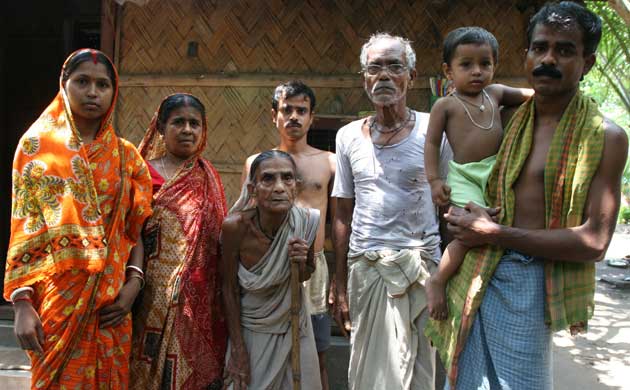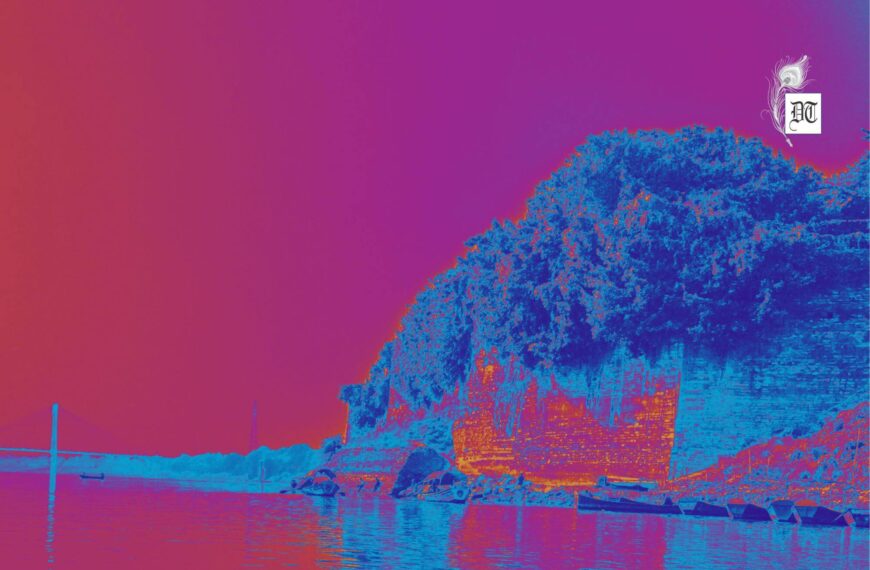About four million people will become stateless in Assam. They will cease to be citizens of India. Losing citizenship means they will not be able to get the Aadhaar card which, in turn, will entitle them to get a mobile phone, open a bank account, get a domestic gas connection, etc. They will not be able to send their children to school. Above all, they will not get jobs. They will be disenfranchised and lose the right to vote. A probe, for Different Truths.
The second National Register of Citizens (NRC) in Assam was published on July 30. (The first one was published way back in 1951). After its publication, 40,06,707 residents of Assam, many of them living there for several generations, found that their names “had not appeared” in the NRC. They have now been given time till September 28 to apply for inclusion of their names with documents.
What happens to those lakhs, who will presumably fail to make the mark even then? They will become stateless. They will cease to be citizens of India. Losing citizenship means they will not be able to get the Aadhaar card which, in turn, will entitle them to get a mobile phone, open a bank account, get a domestic gas connection, etc. They will not be able to send their children to school. Above all, they will not get jobs. They will be disenfranchised and lose the right to vote. (That is the sole aim, but of that later.) They will be deprived of all the rights that the Constitution of India confers on a citizen.
Who will these stateless people be? The powers that be want the countrymen to believe that they are all ‘illegal immigrants’ from former East Pakistan and present Bangladesh. Most of them are Bengali Muslims. But there is a large number of ‘others’ too, including Bengali Hindus, Nepalis and people who have come from other states of India and settled in Assam. By one stroke of the pen, they will all become stateless.
Many of them will be compelled to leave Assam and migrate to other states, especially West Bengal. Where they go and what they do and how they survive is apparently nobody’s business. The authorities in Delhi and Dispur are least concerned. They seem to be blissfully unaware of the social consequences of depriving so many people of their citizenship.
Bangladesh has long ago declared that there is no citizen of theirs illegally staying in India and they will not accept anyone who may be declared a ‘Bangladeshi’ and sought to be deported to Bangladesh. Many of the stateless people have no connection whatever with Bangladesh – no relatives, no property, nothing. They have been born and brought up in India and so had their fathers and grandfathers been.
How and why the migration of Bengali Muslim farmers from East Bengal began in the eighth and ninth decades of the eighteenth century, encouraged by the then British rulers, and why till the 1930s their migration and settling down in Assam were not resented by the Assamese-speaking people of the Brahmaputra Valley is an interesting but separate story that needs to be told because that will give the historical background to the genesis of the ‘Bangladeshi’ problem of Assam to those unacquainted with it.
To come to the present times, the ‘Bangladeshi’ bogey and the fear that eventually they will outnumber the Assamese-speaking people of the Brahmaputra Valley, who will become ‘foreigners in their own land’, was the driving force of the ‘anti-foreigner’ movement’ that rocked Assam for six years from 1979 to 1985. In 1985, the two organizations spearheading the movement, the All Assam Students’ Union (AASU) and the All Assam Gana Sangram Parishad (AAGSP, which later became the Asom Gana Parishad or AGP), signed a Memorandum of Settlement with the then Prime Minister Rajiv Gandhi on August 15. 1985.
The Agreement stipulated that (1) “Foreigners who came to Assam after 1.1.1966 (inclusive) and up to 24th March 1971 shall be detected in accordance with the provisions of the Foreigners Act”; (2) “Names of foreigners so detected will be deleted from the electoral rolls in force… and (3) “For this purpose, Government of India will undertake suitable strengthening of governmental machinery.”
To cut a long story short, for the detection of foreigners, Parliament passed the “Illegal Migrants (Determination by Tribunals) Act”, for short the IMDT Act. Tribunals were set up but eventually, no “foreigner” could be either detected or deported. The Assamese public opinion turned against this Act, which was believed to be protecting rather than identifying the “foreigners”. A strident demand was made for repealing the Act and the matter reached the Supreme Court.
In July 2005, the Supreme Court struck down the IMDT Act as unconstitutional. The Assamese public opinion welcomed the apex court decision and thought that the obstacle to detecting and deporting the “foreigners” or Bangladeshis had been removed. But the ground situation remained unchanged. No ‘Bangladeshi’ could be deported.
In private conversation, the Assamese frankly admit that they know it is physically impossible to ‘deport’ the Bangladeshis, whose number has been variously estimated by different people at between 5 lakhs and 50 lakhs or even a crore. So now the Assamese want that these people should be prevented from taking part in and influencing the outcome of election results so that they can play no part in government formation.
This will be possible only by disenfranchising the (unidentified or arbitrarily identified) Bangladeshis. The whole exercise of preparing the second NRC is aimed at depriving them of their voting rights and making them stateless. It remains to be seen how the ground situation develops after September 28, when the final NRC is prepared and how those who fail to get their names enlisted in the NRC react.
The Bangladeshi bogey is so strong in Assam that in the mid-1970s when the AASU had launched a movement against Bangladeshis, a notice was sent to the Guwahati residence of Mahendra Mohan Choudhury, a blue-blooded Assamese, a former chief minister of Assam and then serving as the governor of Punjab, to prove his Indian citizenship. The bogey still persists.
Barun Das Gupta
©IPA Service
Photo from the Internet
#Assam #Refugee #Assamese #Bangladeshis #Citizenship #IndianPolitics #DifferentTruths





 By
By
 By
By

 By
By